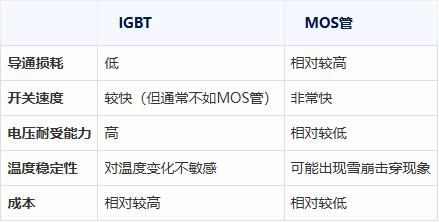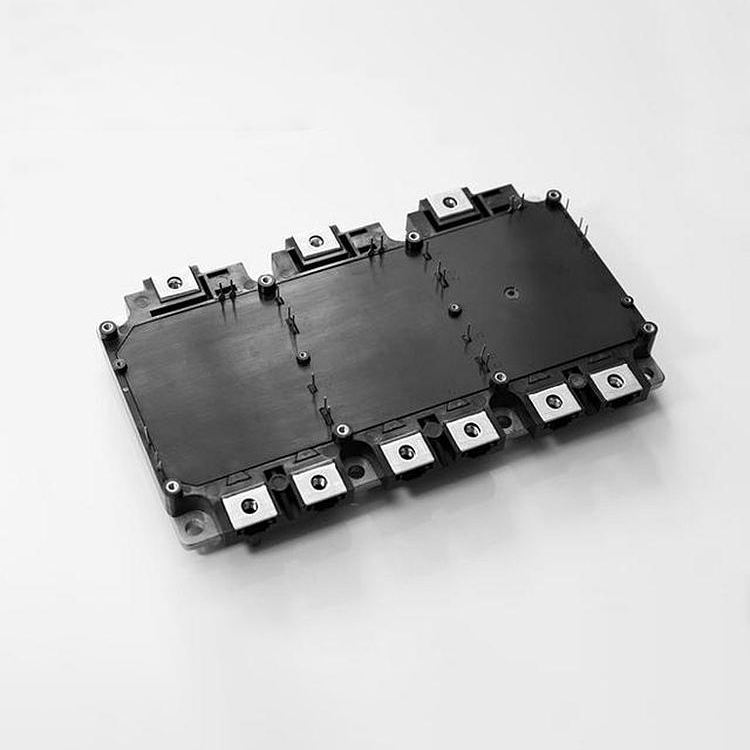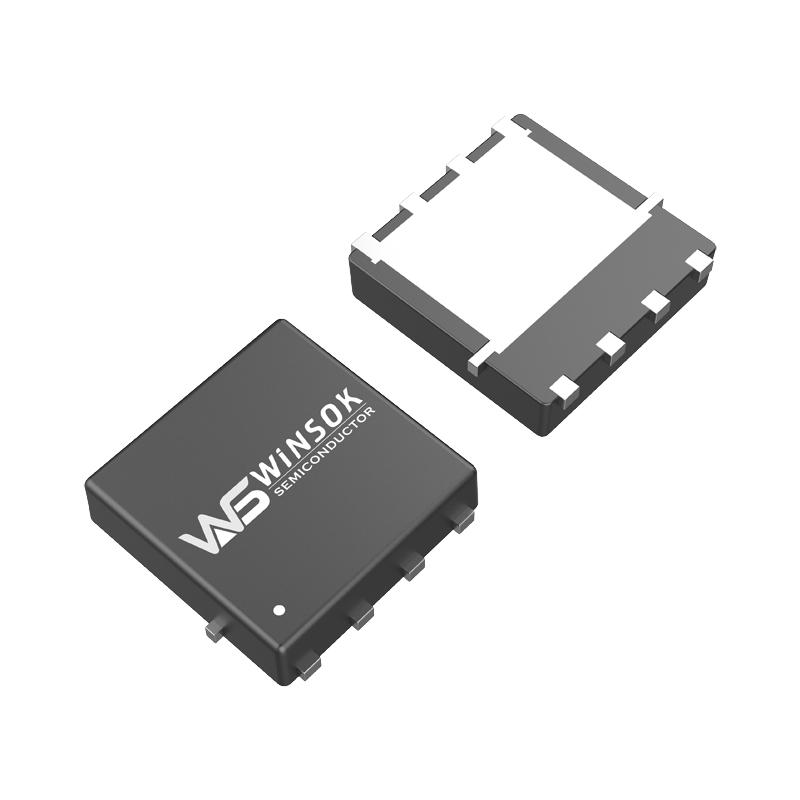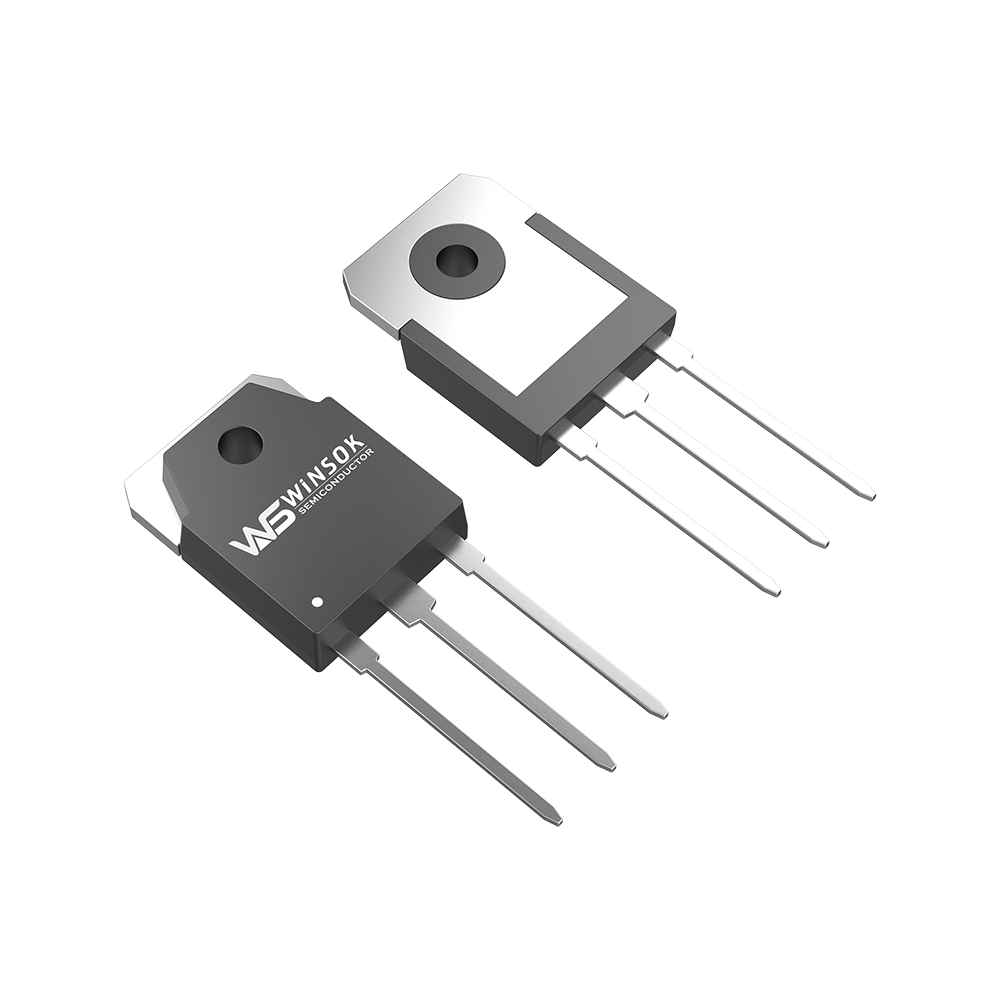IGBT (Insulated Gate Bipolar Transistor) and MOSFET (Metal-Oxide-Semiconductor Field-Effect Transistor) are two common power semiconductor devices widely used in power electronics. While both are essential components in various applications, they differ significantly in several aspects. Below are the primary differences between IGBT and MOSFET:
1. Working Principle
- IGBT: IGBT combines the characteristics of both a BJT (Bipolar Junction Transistor) and a MOSFET, making it a hybrid device. It controls the base of the BJT through the gate voltage of a MOSFET, which in turn controls the BJT's conduction and cutoff. Though the conduction and cutoff processes of an IGBT are relatively complex, it features low conduction voltage losses and high voltage tolerance.
- MOSFET: MOSFET is a field-effect transistor that controls current in a semiconductor through gate voltage. When the gate voltage exceeds the source voltage, a conductive layer forms, allowing current to flow. Conversely, when the gate voltage is below the threshold, the conductive layer disappears, and current cannot flow. The operation of a MOSFET is relatively simple, with fast switching speeds.
2. Application Areas
- IGBT: Due to its high voltage tolerance, low conduction voltage loss, and fast switching performance, IGBT is particularly suited for high-power, low-loss applications such as inverters, motor drivers, welding machines, and uninterruptible power supplies (UPS). In these applications, IGBT efficiently manages high-voltage and high-current switching operations.
- MOSFET: MOSFET, with its fast response, high input resistance, stable switching performance, and low cost, is widely used in low-power, fast-switching applications such as switch-mode power supplies, lighting, audio amplifiers, and logic circuits. MOSFET performs exceptionally well in low-power and low-voltage applications.

3. Performance Characteristics
- IGBT: IGBT excels in high-voltage, high-current applications due to its ability to handle significant power with lower conduction losses, but it has slower switching speeds compared to MOSFETs.
- MOSFET: MOSFETs are characterized by faster switching speeds, higher efficiency in low-voltage applications, and lower power losses at higher switching frequencies.
4. Interchangeability
IGBT and MOSFET are designed and used for different purposes and cannot typically be interchanged. The choice of which device to use depends on the specific application, performance requirements, and cost considerations.
Conclusion
IGBT and MOSFET differ significantly in terms of working principle, application areas, and performance characteristics. Understanding these differences helps in selecting the appropriate device for power electronics designs, ensuring optimal performance and cost-efficiency.


























